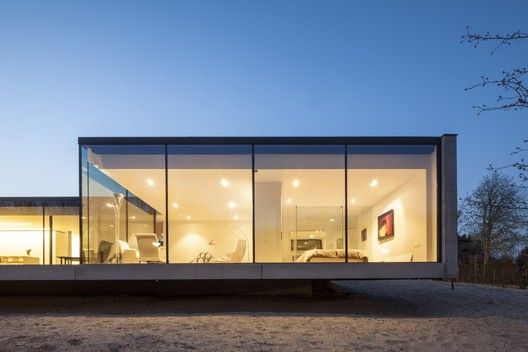How to Improve the U Value of Your Aluminum Window

The development of aluminum windows has come a long way in recent decades – starting with thermal bridges, they have developed into an efficient component, even suitable for passive houses. Of course, there is still a lot of room for improvement in attributes.
Climate change makes optimization of energy consumption indispensable. The U value of aluminum window insulation materials also needs to be improved. Improved thermal insulation of aluminum windows – what else is possible?
Tip 1: Use wide polyamide insulation strips to increase U-value
In the past, windows made of metal resulted in higher energy losses due to the high thermal conductivity of the material. To minimize heat transfer through modern aluminum window frames, the profiles are now thermally insulated. This task is accomplished with insulating strips made of polyamide, since this material has a very low thermal conductivity. In addition, ABS insulating rods composed of acrylonitrile-butadiene-styrene copolymers are also used. To further increase the U-value of the window frame, a larger insulating area can be utilized, for example, with a wider distance between the aluminum frame shells through the window profile. Energy efficiency can also be improved through proper installation of polyamide insulating rods with reduced lambda values. However, it was important to limit the widening of the profiles and the increase in the distance between the aluminum shells, since the stability and usability of the windows had to be guaranteed.
Tip 2: Optimizing the insulation values by foaming the hollow chambers of the profile
Due to their design, aluminum window frames have some empty space inside. These can be used to optimize the U-value of the frame and thus the insulating effect of the window. For this purpose, some insulating foams are introduced into the interstices of hollow chambers insulating profile. For example, polyurethane foam insulation is commonly used for his cause. These measures allow to achieve efficient thermal separation.
Tip 3: Increasing the efficiency with the insulating glazing
Depending on the type of building, the glass surfaces of windows can make up a large proportion of the exterior wall and therefore they should have corresponding insulation values. Because of that, Low E glass,The cavities between the panes get hermetically sealed and filled with gases as argon or krypton to minimize heat flow through the glass. Triple-glazed aluminum windows and polyamide insulating bars achieved sufficient enough U-values so that now they can be even used in the passive house area.
Tip 4: Lowering the heat loss with reflective foil or low-E foil
With highly reflective low-E foils, also known as reflection foils, the thermal properties of the frame and thus of the entire aluminum window can be significantly improved. The low-E foil is applied to the bar or the glazing across the direction of the heat transmission, reducing the energy losses caused by the heat radiation emerging outside. This allows the further optimization of their insulating effect and efficiency of a window without changing its structure.
Tip 5: Energy consumption optimization through software
Improved insulation zones with insulating bars made of polyamide and foam-filled hollow chambers turns an aluminum composite window into highly energy-saving one and therefore environmentally friendly.